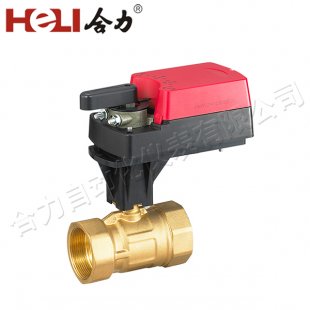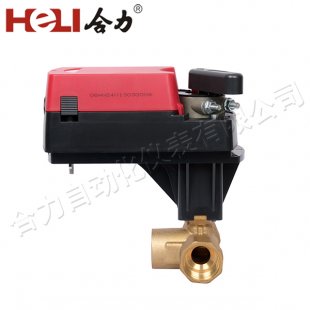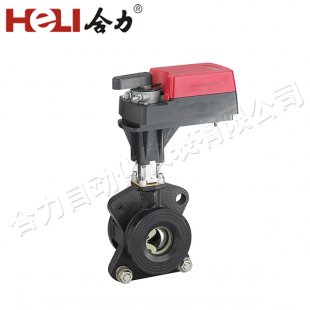
In recent years, the push for sustainable energy solutions has gained unprecedented momentum, and among the innovative technologies emerging is the hydrogen energy damper actuator. This device stands at the intersection of motion control and environmental responsibility, promising to enhance various applications across multiple sectors, including automotive, aerospace, and industrial machinery.

At its core, the hydrogen energy damper actuator operates on the principles of converting hydrogen energy into mechanical motion. Traditional actuators rely on electrical power or hydraulic fluids to generate movement, but hydrogen actuators offer a clean alternative. By utilizing hydrogen as a fuel source, these actuators produce only water vapor as a byproduct, significantly reducing the carbon footprint associated with their operation.

